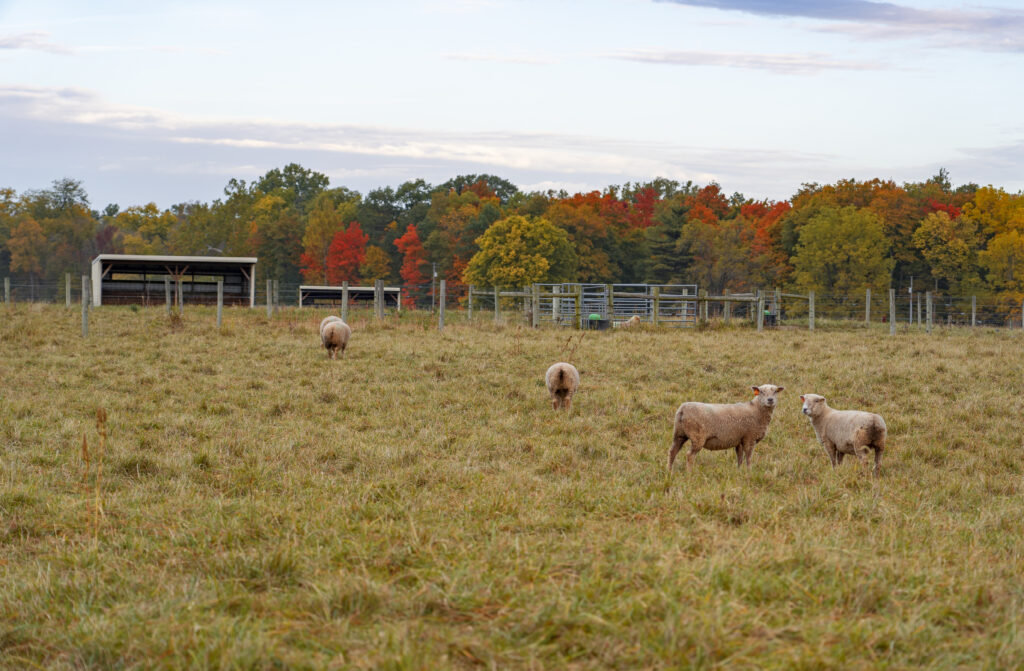
Have you ever wondered why some pastures look great after winter and others not so
much? Well, fall is the time of year when you should give your pastures some serious
consideration. And exactly what should you be considering; the killing frost, the frost
damaged grass, the regrowth of the pasture grass and the length of the grass in the
pasture.
A killing frost (or hard freeze) refers to a frost that is severe enough to end the growing
season. The National Weather Service defines a hard freeze when temperatures fall
below 28ºF for a few hours.
Believe it or not, frost-damaged pastures are higher in nonstructural carbohydrates
because plants cannot use up their stored carbohydrates as efficiently. It can take
plants seven days after a hard freeze to return to more normal nonstructural
carbohydrate levels. Caution – some animals can develop health problems if higher
levels of nonstructural carbohydrates are consumed, especially after a hard freeze.
The decision to graze a pasture after a killing frost depends on the condition of your
pasture. After a killing frost, no additional regrowth of the pasture will occur, even
though the pasture might appear green in color. If your cool-season pasture grass is
taller than 3 to 4 inches, then grazing can continue until the pasture is grazed down to 3
to 4 inches.
If your pasture is shorter than 3 to 4 inches, then no grazing should occur after a killing
frost. The 3 to 4-inch minimum height recommendation is necessary to help maximize
winter survival and can help assure a vigorous and healthy pasture come spring.
Since most pastures are rarely grazed uniformly and tend to have areas of both over
grazing and under grazing, owners need to base decisions on the average appearance
of the pasture.
The bottom line – don’t allow your pastures to be grazed below the minimum height
recommendation (particularly in the fall and winter) if you want to maintain a healthy
pasture for the future.